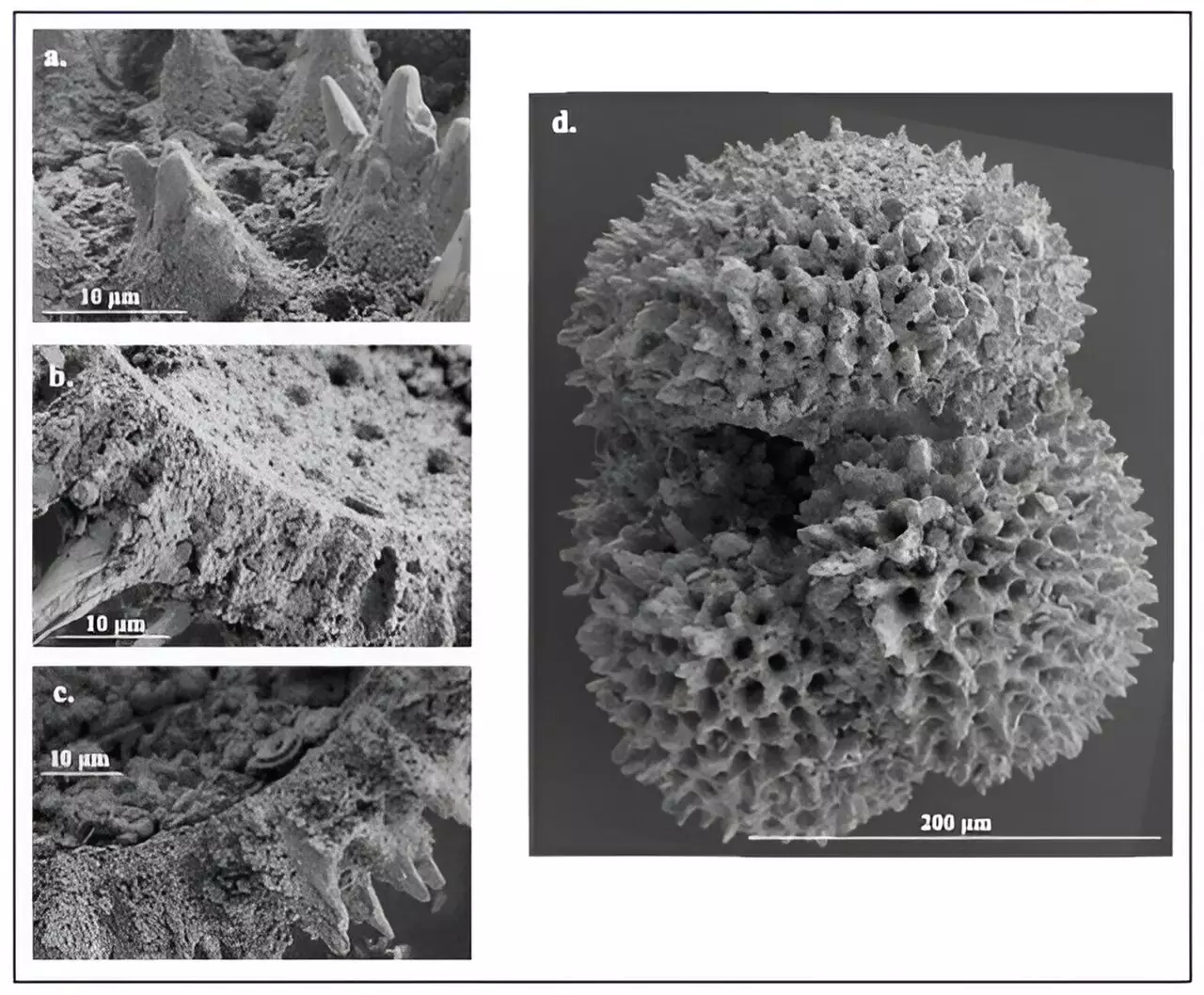Between 59 and 51 million years ago, Earth underwent a series of dramatic climatic changes. This pivotal period, characterized by rapid warming, was marked by not only gradual shifts but also abrupt climate events known as hyperthermals. Research indicates that significant greenhouse gas emissions, most notably carbon dioxide (CO2), played a central role in driving these temperature increases. However, this warming event did not occur in isolation. Factors such as tectonic movements and oceanic conditions likely contributed to these climatic fluctuations. A recent study by geoscientists at the University of Utah has provided new insights into this era by linking atmospheric CO2 levels with sea surface temperatures, thereby establishing a clearer understanding of the ancient climate system.
The relevance of these ancient warming events extends beyond mere historical curiosity; they serve as crucial analogues for potential future climatic scenarios driven by human activities. As research lead Dustin Harper pointed out, events like the Paleocene-Eocene Thermal Maximum (PETM) and Eocene Thermal Maximum 2 (ETM-2) can help scientists anticipate the ramifications of today’s greenhouse gas emissions. The findings suggest that emissions from these ancient epochs, while fundamentally different in context, over time bear striking similarities to the rates observed today due to anthropogenic activities, particularly fossil fuel combustion.
The implications are immense. By examining past climatic responses to elevated CO2 levels, researchers can develop predictive models that gauge how modern ecosystems might respond to current emissions. Although the rate at which carbon is released today is markedly higher—four to ten times the rate experienced during past hyperthermals—the total carbon released during these ancient periods is comparable to future projections of human-induced emissions.
To conduct this groundbreaking study, Harper and his team utilized advanced techniques involving the analysis of fossilized microorganisms known as foraminifera. These single-celled organisms, which thrived in ancient oceans, possess shells that preserve chemical signatures reflective of past ocean conditions. Heretofore, such methods had provided valuable insight into ancient climates, but the specific focus on CO2 levels and temperature during critical intervals such as the PETM and ETM-2 has broadened the scope of our understanding.
The research involved carefully extracted sediment cores from the Pacific Ocean, specifically the Shatsky Rise, which is known for its ideal conditions for preserving these fossils. The unique sedimentary environment allowed the researchers to recover nearly pristine sequences of the ancient foraminifera shells, enabling a comprehensive analysis of seawater conditions. By measuring the boron isotopes contained within these shells, the team could effectively reconstruct past atmospheric CO2 concentrations, providing a clear picture of the climate dynamics that prevailed during these warm episodes.
The study underscored the concept of climate sensitivity—how responsive the climate system is to changes in CO2 concentrations. Findings indicated variability in this sensitivity over extensive timescales, suggesting a somewhat lower response to CO2 increases during long-term shifts. Despite these variations, a general trend was observed: an earnest relationship between rising CO2 levels and increasing global temperatures persisted.
Understanding this climate sensitivity is critical as it helps refine predictive models that will guide policymakers and scientists in addressing climate change. As Harper noted, the climatic extremes recorded during the PETM offer a lens through which to view potential mid- to worst-case scenarios unfolding in our own time, emphasizing the importance of investigating ancient carbon release events with urgency.
The findings from Harper and his team offer not just a glimpse into Earth’s distant past but also a veritable cautionary tale for our present and future. The ancient periods of rapid warming brought about profound changes to Earth’s ecosystems—changes that still resonate today for ecological health and human civilization alike.
As humanity grapples with climate change, the lessons gleaned from the PETM and ETM-2 become increasingly urgent. Further research into these ancient periods will enhance our understanding of how similar alterations to today’s climate systems may unfold. Knowledge from past climatic episodes can facilitate more informed decision-making and foster strategies to mitigate the inevitable impacts of climate change. The climatic challenges ahead may be daunting, but by studying our planet’s historical responses to drastic carbon emissions, we can better navigate the tumultuous road that lies ahead.


Leave a Reply